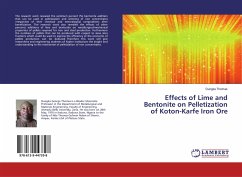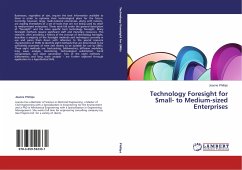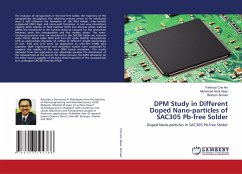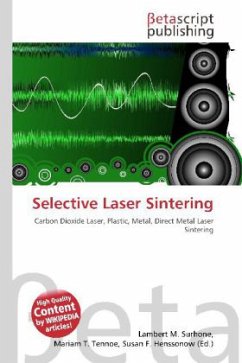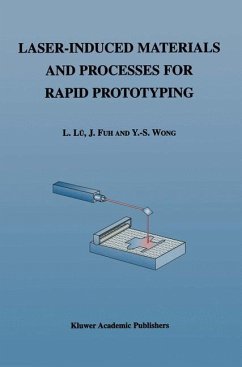
Sintering of Unequal Sized Particles
Simulations and Theory
Versandkostenfrei!
Versandfertig in 6-10 Tagen
59,99 €
inkl. MwSt.

PAYBACK Punkte
30 °P sammeln!
The sintering process is usually understood by geometrical models of sintering. These models are based upon idealized geometries of particles. These idealized geometries are used to describe the sintering process of equal sized particles. However, the consolidation of real powders involves sintering of unequal sized particles. The sintering behavior of real powders can be described using unequal sized particles sintering models. The existing unequal sized particles sintering models do not provide a complete quantitative description of the sintering process. The book applies simulation methods ...
The sintering process is usually understood by geometrical models of sintering. These models are based upon idealized geometries of particles. These idealized geometries are used to describe the sintering process of equal sized particles. However, the consolidation of real powders involves sintering of unequal sized particles. The sintering behavior of real powders can be described using unequal sized particles sintering models. The existing unequal sized particles sintering models do not provide a complete quantitative description of the sintering process. The book applies simulation methods and describes a new geometric model to explain the kinetics and thermodynamics of unequal sized particles. The model is validated with sintering experiments.







